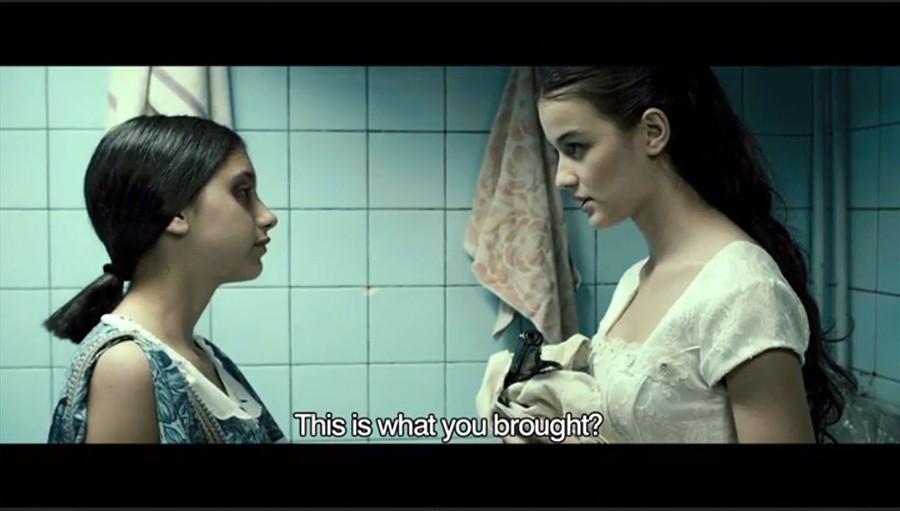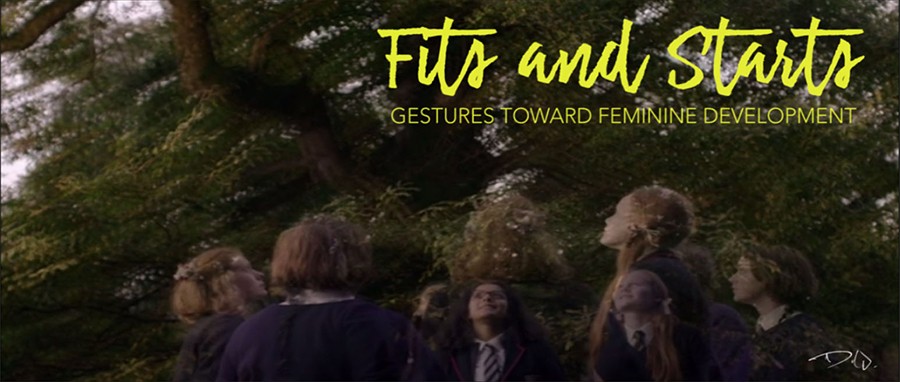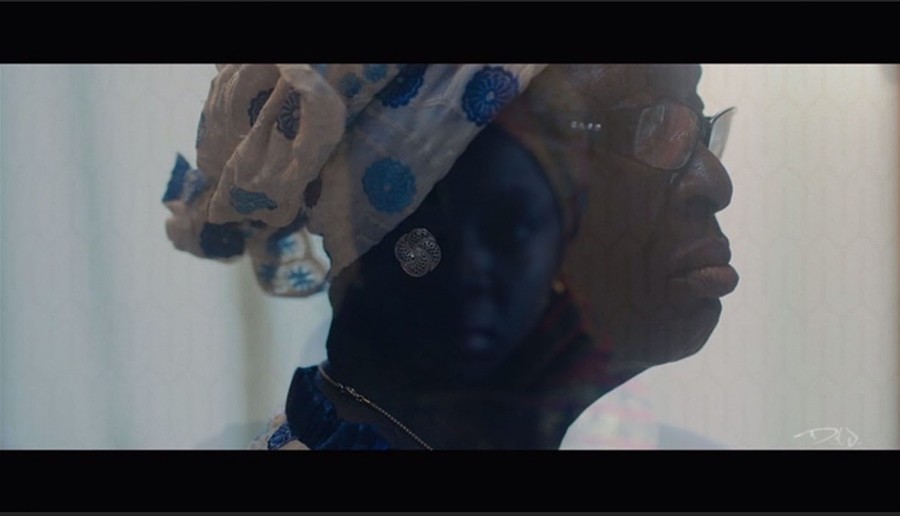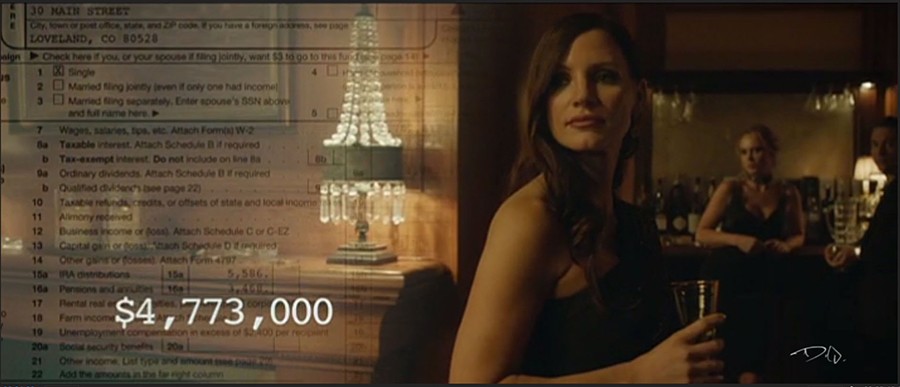Desirée de Jesus is a PhD candidate in Film and Moving Images at Concordia. Her research has received various scholarships, namely the Bourse d’études Hydro-Québec de l’Université Concordia and a SSHRC Doctoral Fellowship. She is currently producing a series of video essays about girls in popular culture and video walkthroughs of games featuring playable female characters.
Blog post
Moving from the margins
 In Bloom (Nana Ekvtimishvili and Simon Groß, 2013)
In Bloom (Nana Ekvtimishvili and Simon Groß, 2013)
I love film.
I love reading about films. I love writing about films. I love talking about films. I love discovering films that are surprising and insightful in their nuanced depictions of the human condition.
But most of all, I love how watching a film is sometimes like being invited to participate in a conversation that enriches the ways that I look at the world. Film is revolutionary in its power to use the particular to illuminate broader truths about life. It can draw attention to stories from marginalized communities and transform the ways we see each other and ourselves. In my first blog post as a Concordia University Public Scholar, I outlined some of these claims to demonstrate the public benefit of film scholarship. Now, in my final post, I reflect on why film and film research matter to me.
Don’t Call it “Puppy Love”
As a film lover, who also happens to be a teacher and researcher, my engagement with compelling narrative films often parallels the life cycle of a passionate love affair, minus the messy breakup (although that has happened once or twice). A film intrigues me, and I want to learn as much about it as I can. Thinking of the film long after viewing, I might weigh what makes it memorable against the foibles that got under my skin, contemplating when or whether I should see it again. That I also find myself wanting everyone to know what makes this film so special speaks to its striking artistry and intelligence. I’m very fortunate to have built a community of film lovers who are just as passionate about the medium as I am (if not more so!).
But this isn’t puppy love; rather, this combination of intellectual curiosity and critical skills lends itself well to rigorous research, and the pursuit of innovative methodologies and avenues for research dissemination. It’s what led me to produce a series of audiovisual essays about female-focused films that are extraordinary but often overlooked. Some of these ambitious, complex films are from my doctoral research, while others are films I’ve encountered in classrooms, film festivals, and even by accident, while looking for something to watch on television.
Film Love + Film Learning = Videographic Film Criticism
In keeping with my love affair metaphor, I like to think of audiovisual essays as love letters created by film lovers for other film lovers: they possess intimate knowledge (from close readings), offer thoughtful reflections, and express responses ranging from fascination to disappointment. As a form of scholarly rhetoric, videographic film criticism uses the object of its study (audiovisual media) to make an argument; and, it juxtaposes images, sounds and texts to stimulate new ways of thinking about the relationship between film, film criticism and scholarship.[i] In this sense, the video essay is like a movie trailer that closely explores a theory, an idea, a theme, or correspondences and continuities between texts. They extend film learning beyond the traditional classroom!
It doesn’t take long to notice that much of the videographic film criticism posted online centers the work of male auteurs or analyzes films that feature male protagonists. When video essays do analyze pop culture representations of women or thematic throughlines in female filmmakers’ oeuvres, they tend to offer readings that privilege gender and ignore the effects of other intersecting social identities like race, class, ability or sexuality. It is especially difficult to find critical videographic work that pays attention to films about girls and women of color.
Some could argue that a lack of skilled creative work created by and about women of color has led to this absence of critical audiovisual engagement. I disagree. The problem here isn’t a lack of capable creative work, it’s a lack of perceived value. As Lili Loofbourow reminds us, implicit biases against female-driven texts affect our ability to recognize great art. But films about girls and women of color are doubly marginalized through their intersecting concerns of race and gender. Because these films center on populations with little cultural capital, their subject matter is often considered too niche or socioculturally-specific for mainstream audiences to understand or enjoy. Unfortunately, this view further marginalizes vibrant artistic works through limited theatrical release and industry indifference.
Filling Important Gaps
My video essays (and doctoral work!) fill this gap by inviting film lovers to think critically about hidden gems within and beyond the American cinematic canon. They encourage viewers to take female-driven films seriously and consider how they speak to broader cultural understandings of issues affecting girls and women.
The Concordia University Public Scholar program has given me opportunities to share why the societal impact of research about popular culture representations of girls and women shouldn’t be underestimated. It also gave me “permission” to finally realize a project that’s been on my heart since 2011. So today, I’m sharing three of my video essays with you. You can check them out on my Vimeo page.

Fits + Starts: Gestures Toward Feminine Development explores three films’ representations of hysteria as a disorder affecting teen girls: Picnic at Hanging Rock (Peter Weir, 1975), The Falling (Carol Morley, 2014), and The Fits (Anna Rose Holmer, 2015). It places these works alongside the song “Femininity” as it appears in the 1963 Walt Disney musical Summer Magic (James Neilson). While this juxtaposition of images, sound and text highlights hysteria’s relationship to female sexual maturation and limitations placed on women in male-dominated societies, it also gestures towards its function as a form of strategic, subversive mimicry.

A Woman’s Work is Never Done: “Unproductive” and Reproductive Labor in Mother of George was inspired by FMST 329: Woman’s Work, an undergraduate course taught by Kay Dickinson in 2013, which I had the pleasure of attending as a Tutorial Leader. This video essay looks closely at Mother of George (Andrew Dosunmu, 2013) and it uses Marxist feminist theory to emphasize the labor a Nigerian newlywed expends while struggling with fertility issues and pressure from her mother-in-law.

A Surface and a Depth: Molly’s Game as Medical Discourse Film examines correspondences between the female protagonist of Molly’s Game (Aaron Sorkin, 2017) and medical discourse “woman’s films” of the 1940s. Using feminist film scholarship, it analyzes how Molly Bloom (Jessica Chastain), the mastermind behind an elite poker game, is constructed as a sick subject in need of recuperation.
Coming Soon…
In a soon-to-be released video essay, “Make Me Feel Good,” I place Audre Lorde’s writing alongside films that center the inner lives of black women and the effects of mass-incarceration on their attempts to define themselves. Another upcoming video essay, “Women on the Market: Reading the Raced Feminine with Irigaray,” uses feminist philosopher and psychoanalyst Luce Irigaray’s work to explore how racial identities impact the perceived value of female characters’ labor in two classical Hollywood films (a book-to-film adaptation and its remake).
I hope these video essays inspire you to discover and experience the richness of these and other films created by and about women.
 [i] Christian Keathley, “La camera-stylo: Notes on Video Criticism and Cinephilia,” in The Language and Style of Film Criticism, eds. Alex Clayton and Andrew Klevan (London and New York: Routledge, 2011), 176-191.
[i] Christian Keathley, “La camera-stylo: Notes on Video Criticism and Cinephilia,” in The Language and Style of Film Criticism, eds. Alex Clayton and Andrew Klevan (London and New York: Routledge, 2011), 176-191.
About the author


